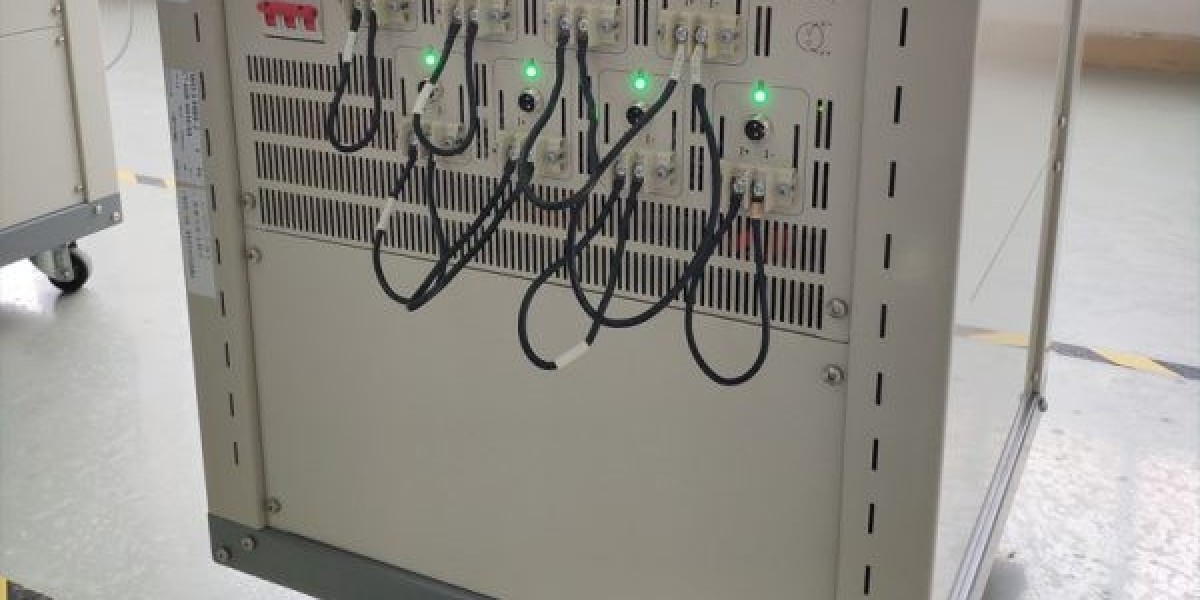The battery testing equipment market is expanding rapidly, driven by the increasing reliance on advanced battery technologies in electric vehicles (EVs), renewable energy storage, and consumer electronics. With the diverse range of battery types, chemistries, and applications, manufacturers face the challenge of selecting the right testing equipment to ensure the safety, performance, and longevity of their products. In this article, we explore the various options available within the battery testing equipment market and the factors that influence the choice of testing solutions.
1. Types of Battery Testing Equipment
Battery testing equipment can be broadly categorized based on the specific testing requirements, such as capacity, charge-discharge cycles, internal resistance, and safety. Some of the key types of battery testing equipment include:
Battery Cyclers: These devices are used for testing the charge and discharge cycles of batteries. They simulate real-world usage by cycling the battery through multiple charge-discharge processes. Battery cyclers are critical for testing the durability and life cycle of batteries, particularly for applications in EVs and energy storage systems.
Battery Impedance/Resistance Testers: These testers measure the internal resistance or impedance of a battery. High internal resistance can indicate poor battery health or potential failure. Impedance testers are commonly used for battery maintenance, especially in large-scale energy storage systems.
Environmental Test Chambers: Environmental testing is essential for evaluating the performance of batteries under various temperature, humidity, and pressure conditions. These chambers help simulate extreme operating environments, such as those encountered by batteries in EVs or aerospace applications, to assess their thermal stability and safety.
Battery Analyzers: These devices perform comprehensive testing on a battery’s overall performance, including voltage, capacity, and charge-discharge efficiency. Battery analyzers provide crucial data for quality control during manufacturing and post-production testing.
2. Key Factors for Choosing Battery Testing Equipment
When selecting battery testing equipment, several factors should be considered to ensure the chosen solution meets the specific needs of the application. These factors include:
Battery Chemistry: Different battery chemistries (e.g., lithium-ion, lead-acid, solid-state) have unique testing requirements. Choosing equipment compatible with the battery type is crucial for accurate results.
Test Parameters: Identifying the key parameters for testing, such as capacity, energy density, thermal stability, and charging time, will help narrow down the appropriate equipment.
Testing Environment: For batteries used in extreme conditions (e.g., EVs, aerospace), environmental test chambers are necessary to simulate temperature and humidity extremes.
Throughput and Automation: High-volume battery manufacturers require automated testing systems to ensure consistent quality and efficiency across large batches of batteries.
3. Market Trends Driving Testing Equipment Choices
As the battery market grows, so does the demand for more advanced and versatile testing solutions. Innovations in battery chemistries, such as solid-state batteries and lithium-sulfur batteries, require specialized testing equipment. Additionally, the growing complexity of battery management systems (BMS) means that manufacturers need equipment capable of testing at both the individual cell and system levels.
The rise in electric vehicles and renewable energy storage solutions also contributes to the increasing demand for high-precision and reliable testing equipment. Manufacturers are seeking equipment that can offer real-time data analytics, ensuring the batteries' safety and performance across their entire life cycle.
Conclusion
The battery testing equipment market offers a wide range of options tailored to the unique needs of various industries. As battery technologies continue to evolve, so too will the testing equipment required to ensure safety, performance, and reliability. Choosing the right battery testing solution depends on factors such as battery chemistry, test parameters, environmental conditions, and production volume. With the growing importance of high-performance batteries in sectors like electric vehicles and renewable energy, the demand for advanced, efficient, and accurate testing equipment will continue to rise.



